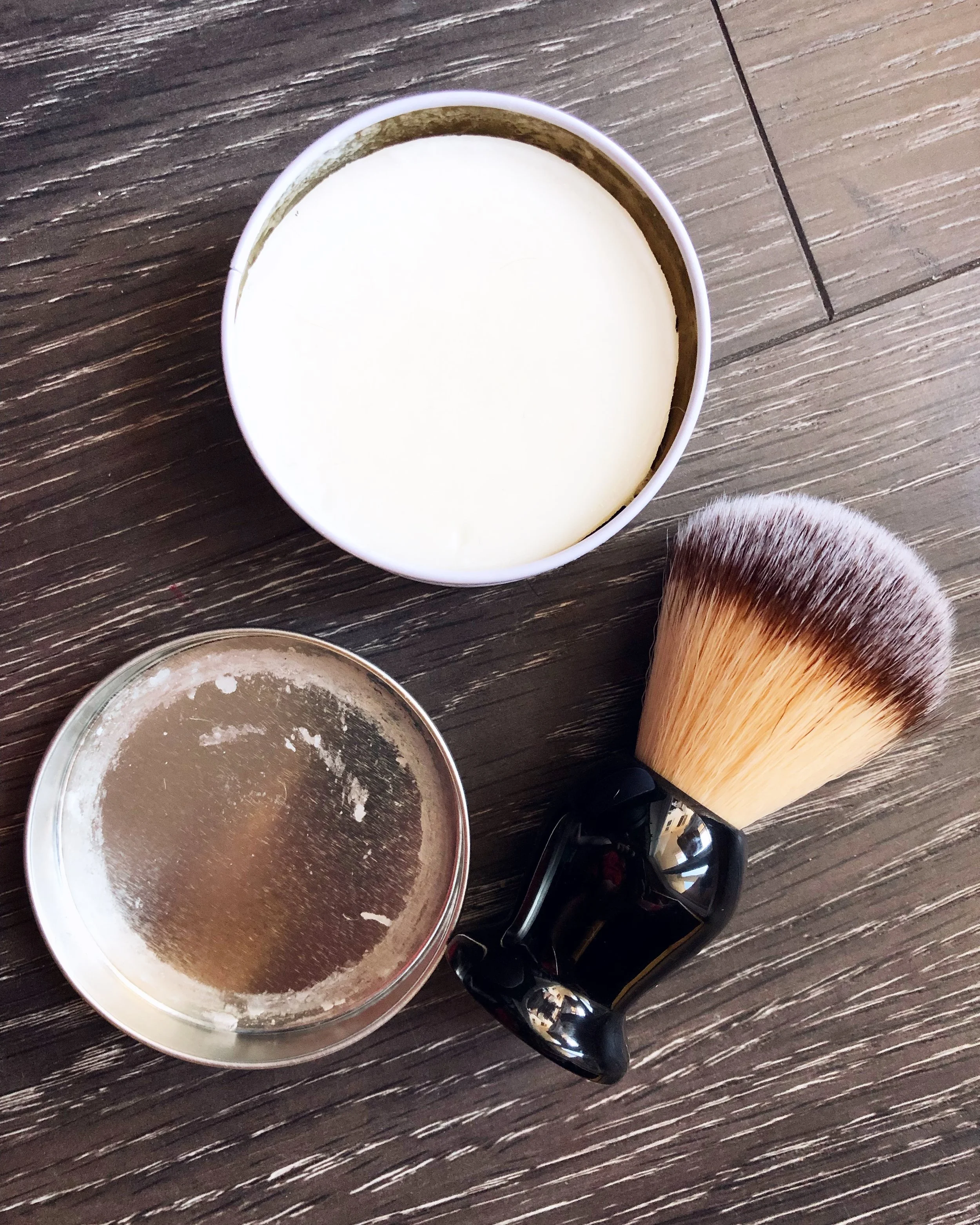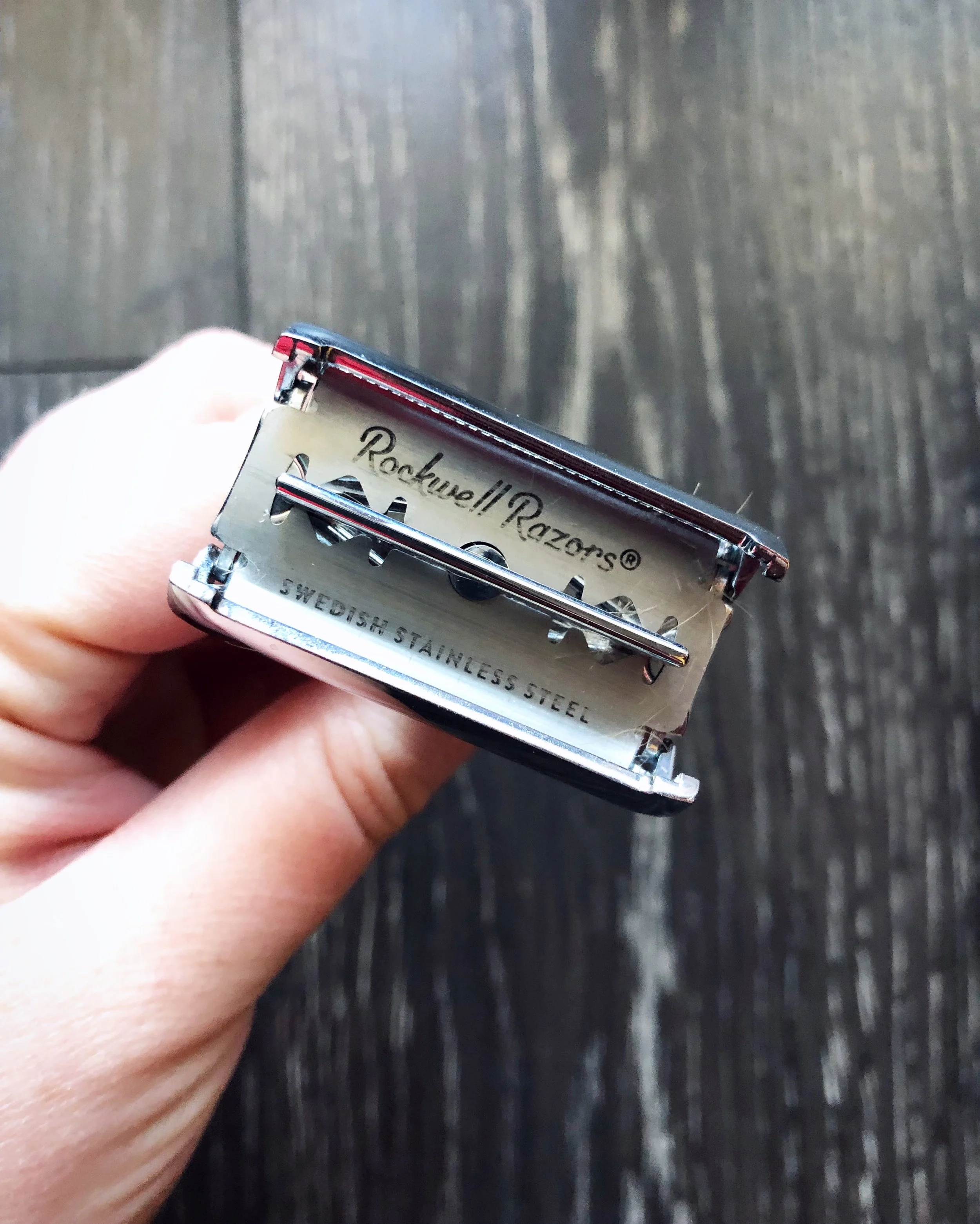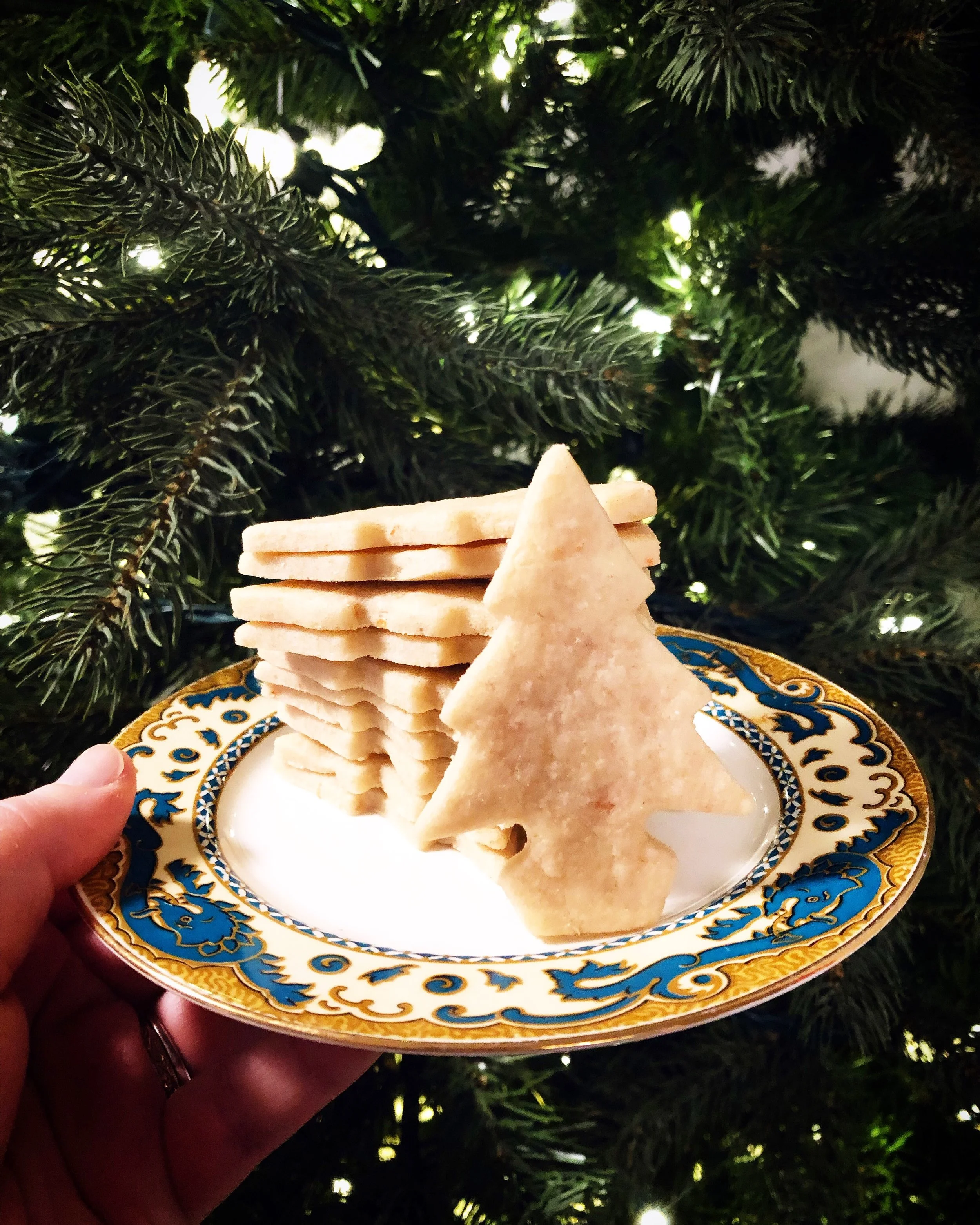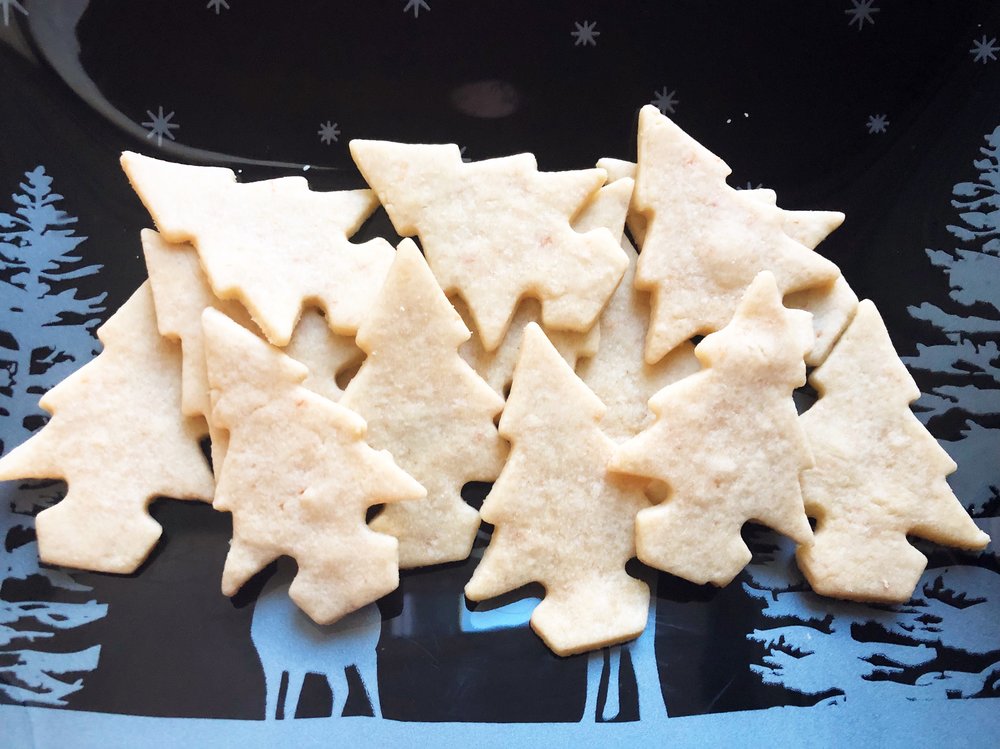Rockwell Razor Review - Zero Waste Shaving?
I was contacted a while back by Rockwell Razors to see if I was interested in reviewing their safety razor shaving kit from a zero waste/eco-friendly perspective. I happily accepted their offer of a free shaving kit, and waited eagerly for it to arrive in the mail.
I’ve been seeing a few new, innovative ideas out there for shaving but they are mostly marketed heavily toward men. Rockwell is not an exception. I don’t really mind using a men’s razor since they do the exact same thing, but it does get annoying after a while when everything you order is labelled “quality men’s goods” or something to that effect. It’s completely Rockwell’s decision if they want to market their product to men only, but I feel they are closing themselves off to a huge market of people that do a lot of regular shaving. Nevertheless I was still more than happy to try their product since there was no reason a “man’s” razor wouldn’t do the same job as the lurid pink ones that are marked up significantly more in price in the store.
I was also really excited about the idea of zero-waste shaving. One handle that can last a lifetime if you take care of it, and a replaceable, recyclable blade seemed like an ideal solution. Short of using a straight razor, this does seem like one of the most ecologically responsible options out there. There are companies creating disposable razors with their own in-house recycling options, but if you are trying to avoid plastic consumption, that is still a problem. I also feel that people are probably just throwing away most of those too because they aren’t picked up by any city recycling program. I’ve found if it’s not convenient people usually don’t take the eco-friendly step.
Upon opening my package from Rockwell I was a little bit disappointed to see that the packing wasn’t entirely zero-waste. Most of it was made of paper, but there were a few things still wrapped in plastic. My city’s recycling depot does take most forms of plastic overwrap, but that’s still not technically zero-waste, so marketing it as such is a bit of a misnomer.
The other thing I’m still working out is whether I can actually recycle the blades. Rockwell markets them as recyclable (and certainly the stainless steel they are made of is), but figuring out how and where to recycle them is proving a bit trickier. Most cities will not accept these in their curb side pickup, or at their depots due to the extreme hazard the workers would be placed under dealing with sharps. I plan to contact a local scrap metal recycler to see if they will take them, but other than that I’m coming up short on ideas. I’ll keep using the blades and collecting them in the provided blade bank until it’s full and that will take a while, so I have a bit of time to work out how to deal with my used blades. This runs a bit counter to what Rockwell claims on their website about the blade bank:
“The Rockwell Blade Safe fits all double-edge razor blades and is completely recyclable - once it’s full, simply throw it in the recycling!”
UPDATE: I have since learned that the local scrap metal recycling facility will in fact accept used razor blades, so while it’s not as simple as just tossing the blade bank in the curb side recycling bin there is a fairly easy way to get it done.
The blades come wrapped in paper, and they go as-is into the blade bank which is also metal. From there I can either empty the used razors into another container to dispose of them and keep using it, or attempt to bring the bank, blades, and all to whatever recycling facility I can find. Even if I ultimately find they can’t be recycled, this does still seem like a better option than all those plastic cartridges going in the garbage.
I was a little nervous to actually use the razor, since I’ve always just gone with the conventional type from the drug store. This seemed a little bit intimidating at first, but really it was hardly different at all from using any other razor. The only thing I noticed is that I had to watch how I held the handle as I shaved because at first I didn’t notice I was actually turning the part that opens the razor holder, so that got looser as I shaved.
Once I got used to it I actually found I liked the process. It seemed easier and more portable to use the shaving soap and brush than shaving as normal in the shower. I found it was really easy to just shave using the sink, and some damp cloths to wipe off any excess soap. I think this probably used a lot less water, so that’s also a point in their favour for eco-friendliness.
All in all, there were some shortfalls I found with how the company marketed their product, but I do actually like the process of using the safety razor and will continue to use it instead of the conventional option.
Rockwell provided me with their shaving kit free of charge in exchange for this review. All thoughts and opinions expressed here are my own.






















